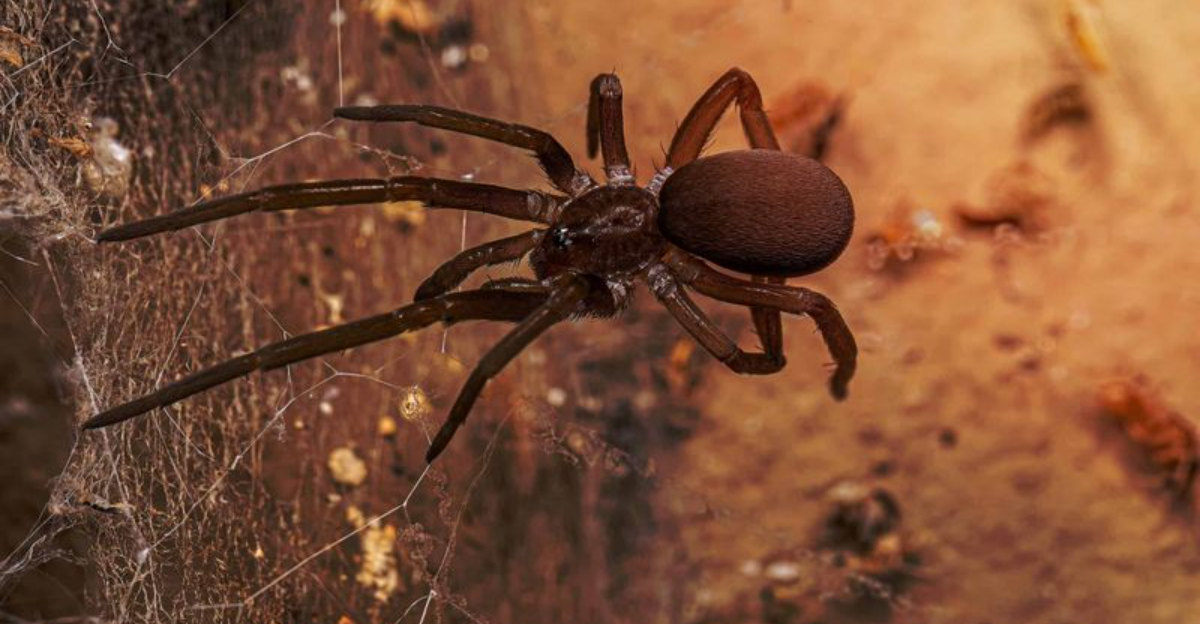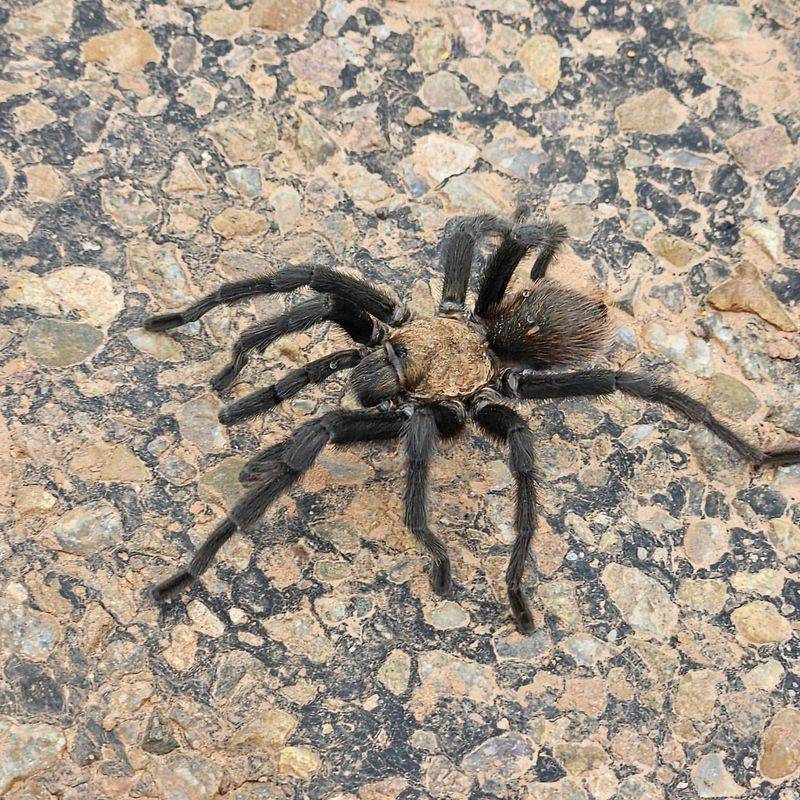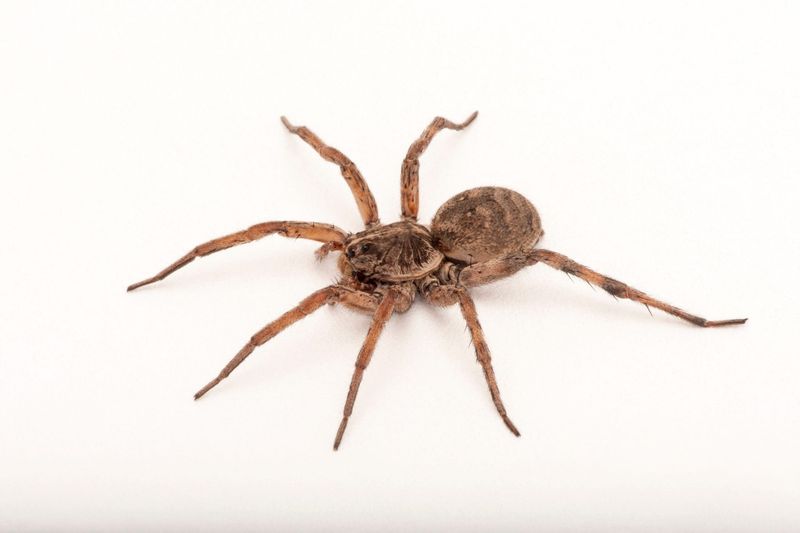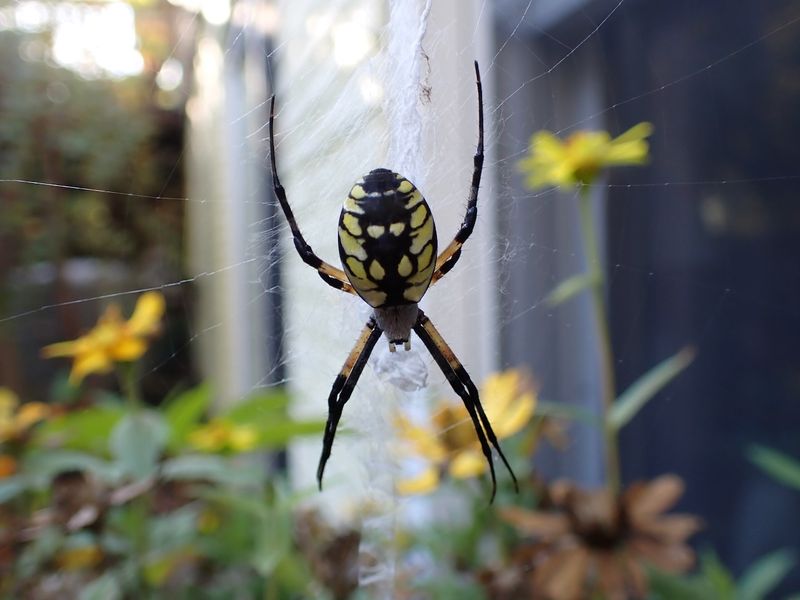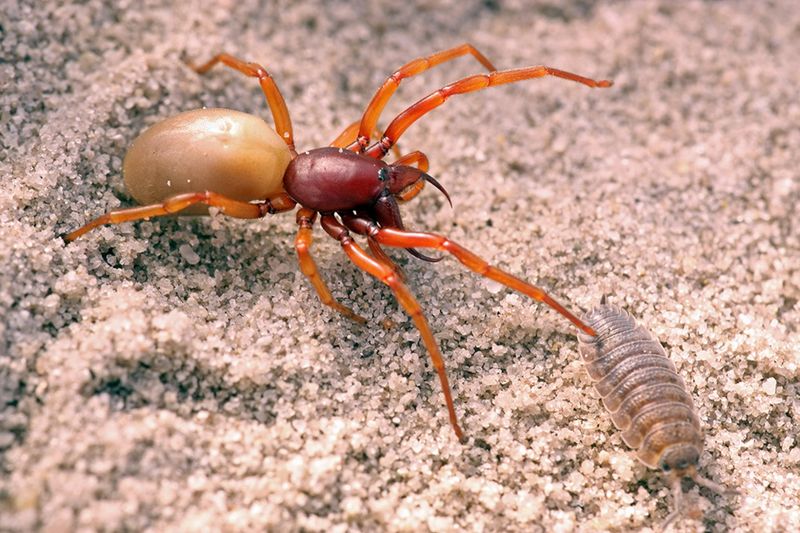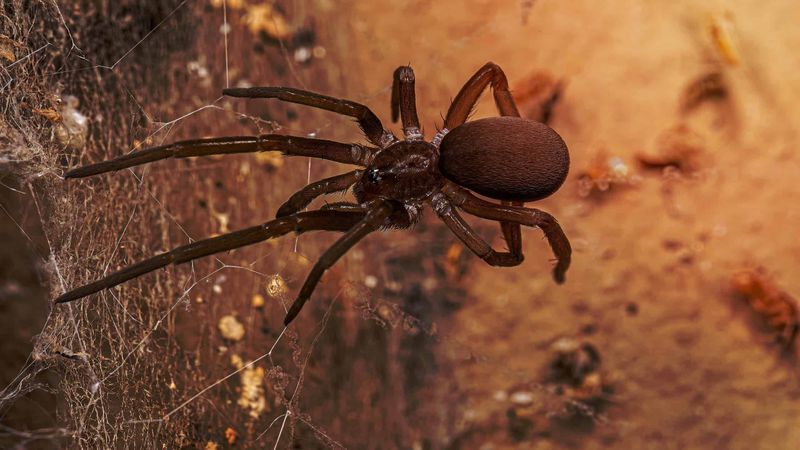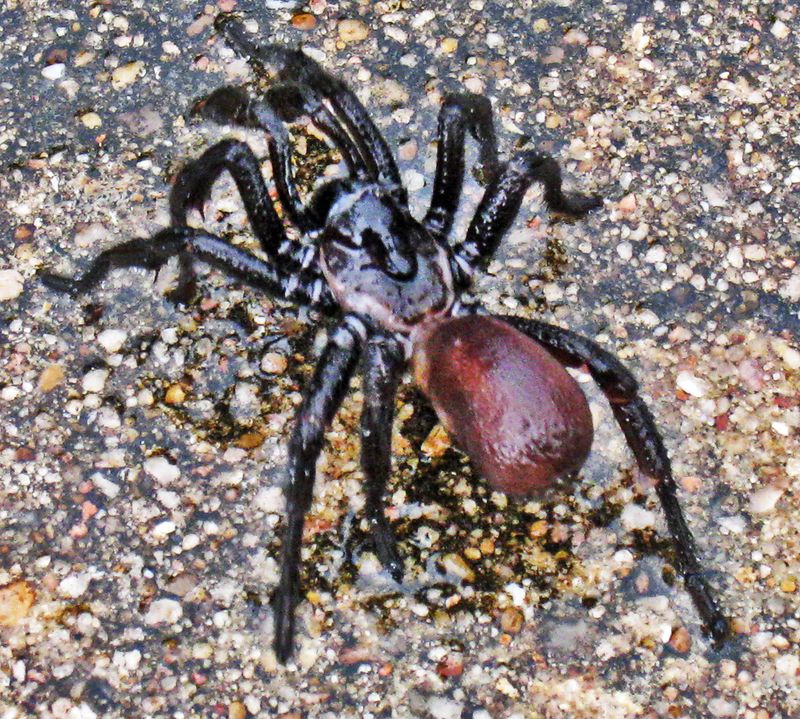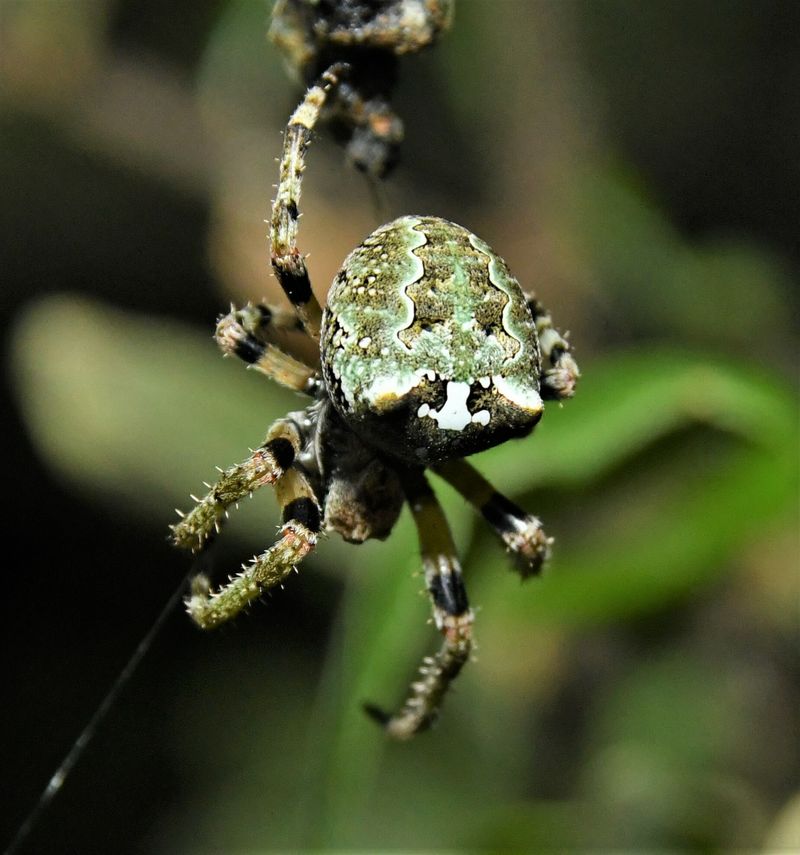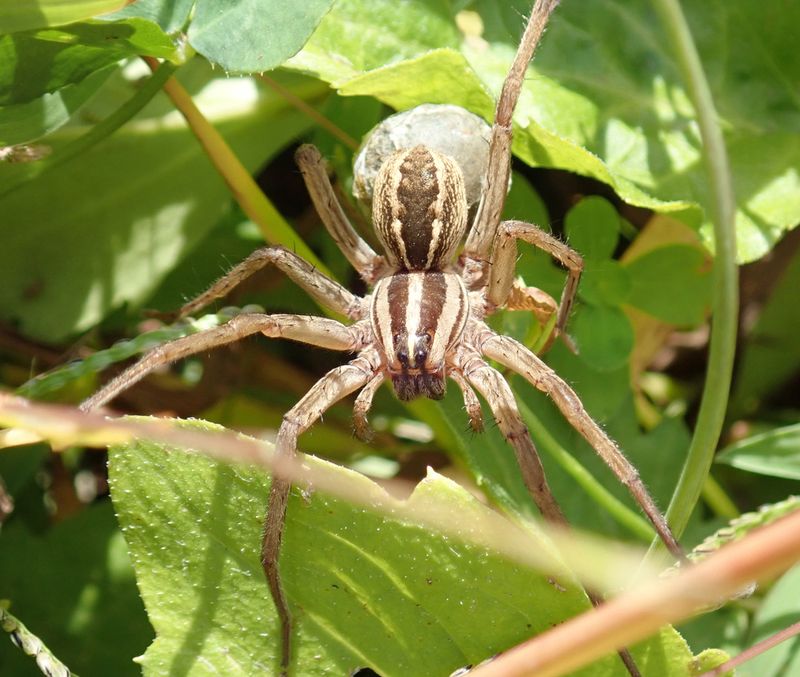📖 Table of Content:
Texas hosts an array of remarkable spider species, including some of the largest in North America. These arachnid giants captivate with their size, distinctive markings, and fascinating behaviors. From desert dwellers to forest hunters, Texas’s largest spiders play vital roles in their ecosystems by controlling insect populations.
Among these species are tarantulas, orb-weavers, and wolf spiders, each boasting unique adaptations for survival. Some spin intricate webs to catch prey, while others rely on speed and stealth to hunt on the ground. Despite their sometimes intimidating appearance, most of these spiders are harmless to humans and contribute to ecological balance.
Let’s explore 8 of Texas’s largest spiders, highlighting their habits, habitats, and what sets them apart. Whether you’re an arachnid enthusiast or just curious about the local wildlife, these impressive spiders showcase the incredible diversity thriving in the Lone Star State.
1. Texas Brown Tarantula
A member of the Theraphosidae family, the Texas brown tarantula is known for its hairy appearance and impressive size, reaching up to 4 inches in body length. Commonly found in the dry, arid regions of Texas, this spider thrives in warm environments.
Despite its intimidating size, the Texas brown tarantula is relatively docile. It is often seen during the warmer months, especially at night. With its earthy brown color, it blends well with its surroundings, making it a stealthy predator.
This spider feeds on insects and small vertebrates, using its venom to subdue prey. It’s an essential part of the local ecosystem.
2. Carolina Wolf Spider
Holding the title of the largest wolf spider in North America, the Carolina wolf spider can exceed an inch in body length, not including its legs. Its dark brown body, highlighted by lighter distinctive markings, complements its role as an efficient nocturnal hunter.
These spiders are solitary and roam in search of prey, primarily insects. They do not spin webs but rely on their speed and stealth.
Known for their excellent eyesight, Carolina wolf spiders are often found in open fields and grasslands, where they play a critical role in controlling insect populations.
3. Black and Yellow Garden Spider
Easily recognizable by its striking coloration, the black and yellow garden spider captivates with its bold appearance. Female spiders, larger than males, can grow up to 1.1 inches in body length and construct large, intricate orb webs to capture flying insects.
Found in gardens and fields, these spiders are beneficial to humans as they control pest populations.
Their webs often have a zigzag pattern, adding strength and stability. Observing these spiders can be a fascinating experience, especially when they are seen repairing or constructing their webs. They are non-aggressive and pose little threat to humans.
4. Woodlouse Hunter Spider
Known for its distinct reddish body and unique hunting habits, the woodlouse hunter spider stands out among arachnids. Growing up to half an inch in length, it forgoes web-building, preferring to hunt on foot.
This spider preys mainly on woodlice, using its elongated fangs to pierce their tough exoskeletons. It’s commonly found under rocks and logs, where woodlice abound.
Despite its fierce appearance, it’s harmless to humans. Its presence indicates a healthy ecosystem, as it helps control woodlouse populations. Observing its predatory skills is truly a fascinating sight for arachnid enthusiasts.
5. Southern House Spider
Often mistaken for the more dangerous brown recluse, the southern house spider is a common inhabitant of homes. Males can grow up to 3/4 inch, with notably long legs, and are frequently found in basements and attics.
Despite their intimidating look, these spiders are harmless and beneficial. They feed on various household pests, providing natural pest control.
They are nocturnal and reclusive, often staying hidden during the day. Observing them can be an educational experience, as they play a vital role in controlling insect populations indoors.
6. Trapdoor Spider
Intriguing and stealthy, trapdoor spiders are known for their unique hunting technique. Growing up to 1.5 inches in body length, they construct burrows with camouflaged doors made from soil and silk, lying in wait for unsuspecting prey.
At night, they wait for prey to venture near, then quickly emerge to capture it. Their ambush style is effective for catching insects and small invertebrates.
Trapdoor spiders are often found in forests and grasslands throughout Texas. Although they might seem fearsome, they are non-aggressive towards humans and contribute to the ecological balance by controlling insect populations.
7. Giant Lichen Orb Weaver
Spectacular in appearance, the giant lichen orb weaver stands out with its greenish hues and large webs. Female spiders can grow up to an inch in body length, crafting expansive orb webs in forested areas.
These spiders prefer moist environments with abundant lichen, lending them their name. They are skilled at blending into their surroundings, making them difficult to spot.
Their webs are primarily used to catch flying insects. Despite their size, they are harmless to humans. Observing them can be a delightful experience, especially in the early morning when their webs are adorned with dew.
8. Rabid Wolf Spider
The rabid wolf spider is known for its agility and speed. Although its name suggests aggression, it is harmless to humans. This spider can reach a body length of about an inch.
It is often found in meadows and wooded areas, where it hunts for insects. Unlike web-builders, it relies on its quick reflexes to catch prey.
Rabid wolf spiders are beneficial as they help control insect populations. Observing their hunting prowess is a testament to their role as efficient predators in the Texan ecosystem. They are indeed a fascinating sight in the wild.
